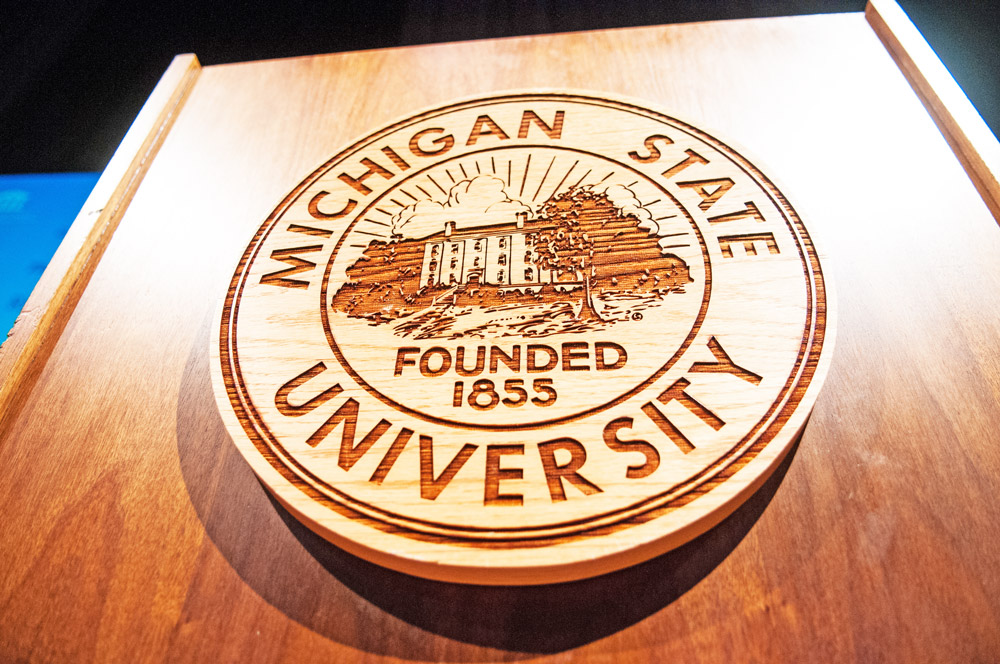Submitted by Kevin Floyd,
Security and Support Manager at Michigan State University Human Resources
Editor’s Note: MSU HR has been steadily moving away from hosting their own server and infrastructure and moving towards a centralized model. The following case was an optimal time to make another move to MSU IT Central Services rather than continuing our efforts separate from MSU IT.
Summer of 2018 saw near-record high temperatures in Michigan. These kinds of temps tend to cause cooling systems in campus buildings and specifically in data center designated areas to work extra hard to maintain optimal data center temperatures inside. When I first received notice from our public safety department that we had a temperature alert, I wasn’t terribly surprised given daytime temperatures. However, after investigating more, it was discovered that our air conditioning unit, which was over 15 years old had a failed control board, which includes the thermostat piece. Fortunately for us, our Facilities team was able to make a temporary repair to the system allowing it to cool the room which hosted the Human Resources VM Stack and building firewalls – but the cooling was less than optimal and other issues were discovered with the aging equipment. The options were to replace the air conditioning unit which could be in the tens of thousands of dollars or to look to alternate solutions where we could host our VMs. Human Resources opted for the latter, as we were already in the midst of integrating our staff and services with central MSU IT, this was also consistent with the previous approach taken by HR to continue moving servers and their management to MSU IT Production Services, and out of HR IT Support.
Because of the urgency of this, we reached out to the Virtualization team and discussed the issues we were experiencing, our fears, and what we thought the optimal solution was. The Virtualization, Data Center and Networking teams were very responsive to our needs and understood the urgency to make this migration occur to prevent any disruption in business.
After a couple of brief meetings, it was determined that this move could be done within a few weeks after the extension of the HR designated VLANs was completed. An initial sync of the VMs was completed between the two data centers in preparation for the move to the MSU DC. Work was completed ahead of time and we were ready for our schedule cutover to the MSU DC in approximately two weeks’ time from initial contact with the Virtualization team.
The benefits of having this DC for the University are immeasurable but, to put a few figures around this, HR and MSU IT saved a considerable amount of money. The figures in the infographic relating to servers and licensing would reflect what HR would pay had they not been continually moving towards MSU IT central services for department servers. Costs related to firewalls are estimated savings related to support contracts or firewall replacements which are provided by the MSU IT Security Team.




